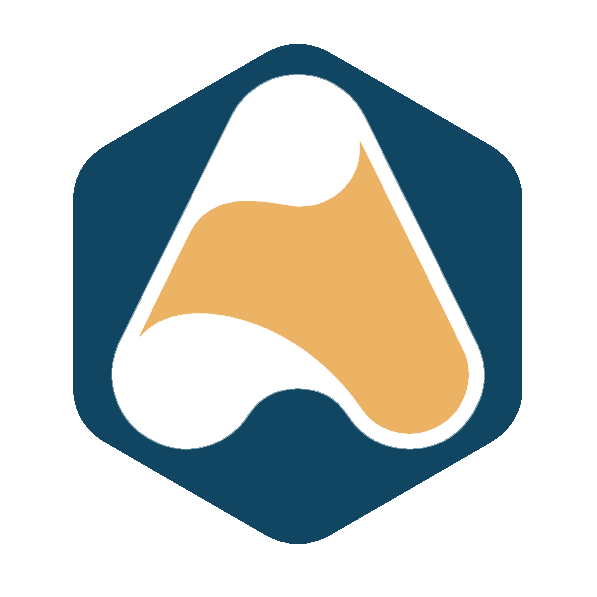Starting a new development job is like stepping into a fast-moving train — the codebase is large, decisions have already been made, and Slack is buzzing with conversations you don’t yet understand. As a team or engineering leader, the question is: how do you make that first day feel less overwhelming — and more like they’ve already been here a week?
A thoughtful onboarding experience doesn’t just help new developers feel welcome — it improves ramp-up time, reduces early churn, and sets a foundation for long-term success.
Here’s how to make Day 1 feel like Day 10 (or better).
Start before they do 📩
The onboarding experience begins before the developer logs into Slack or opens their laptop.
- Send a welcome email with clear expectations: when and where to start, what tools to install, and a brief overview of the team they’ll join.
- Prepare access ahead of time: make sure they have accounts, permissions, and devices ready to go. Nothing deflates a new hire more than spending Day 1 waiting for VPN access.
- Share a “Getting Started” document or onboarding portal with links to documentation, org charts, project overviews, and internal systems.
Tip: A short “What to Expect in Your First Week” guide goes a long way in calming nerves and giving direction.
Give them a tour, not a necture 🗺️
Skip the monologues and endless slide decks. Instead, walk them through:
- The codebase structure: what lives where, how to run it locally
- Development workflows: how to create branches, open pull requests, write commit messages
- How the team communicates: Slack channels, standup format, async vs sync expectations
- Who does what: not just their manager, but who to talk to about CI, design, or deployments
Make it interactive. Let them clone the repo, run the app, or shadow a standup. Real context beats abstract overviews every time.
Assign a buddy or pair 🤝
An onboarding buddy is one of the most effective (and low-cost) investments you can make. This person acts as a guide, sounding board, and safety net during the new hire’s first few weeks.
The buddy should:
- Be available for questions (“How do I run tests again?”)
- Help review the first PRs
- Explain unwritten rules or company culture
- Point them to helpful docs or people
Bonus: Buddies may often learn just as much in the process — about what’s unclear or inconsistent in current systems.
Give them a small, real task early 🧩
Nothing builds confidence faster than shipping code — even a small change.
- Pick a task that’s real but low-risk: fixing a typo in the UI, adding a test, updating documentation
- Walk them through the full cycle: clone, branch, code, commit, review, merge, deploy
- Celebrate the first PR merge. It’s a milestone.
The goal isn’t to throw them into the deep end — it’s to show that the water’s warm and you’ll teach them how to swim.
Document what they learn (and what’s missing) ✍️
New developers have a superpower: they see everything with fresh eyes. Encourage them to:
- Note what’s confusing or unclear
- Suggest improvements to docs or onboarding steps
- Contribute their own “Getting Started” guide as they go
This creates a feedback loop that makes onboarding better with every hire.
Make it human 💬
Remember: onboarding is not just about systems and workflows. It’s about people.
- Schedule a few 1:1s with teammates, not just managers
- Share company values and team rituals
- Ask about their preferred ways of working
- Encourage psychological safety from day one
A developer who feels seen, supported, and included will ramp up faster and contribute more confidently.
Conclusion
You can’t condense six months of context into a single day — but you can design an onboarding experience that makes new developers feel empowered, not overwhelmed.
Start with empathy, clarity, and intention. Day 1 will never be perfect, but with the right approach, it can feel like the beginning of something great — not just the start of something confusing.

